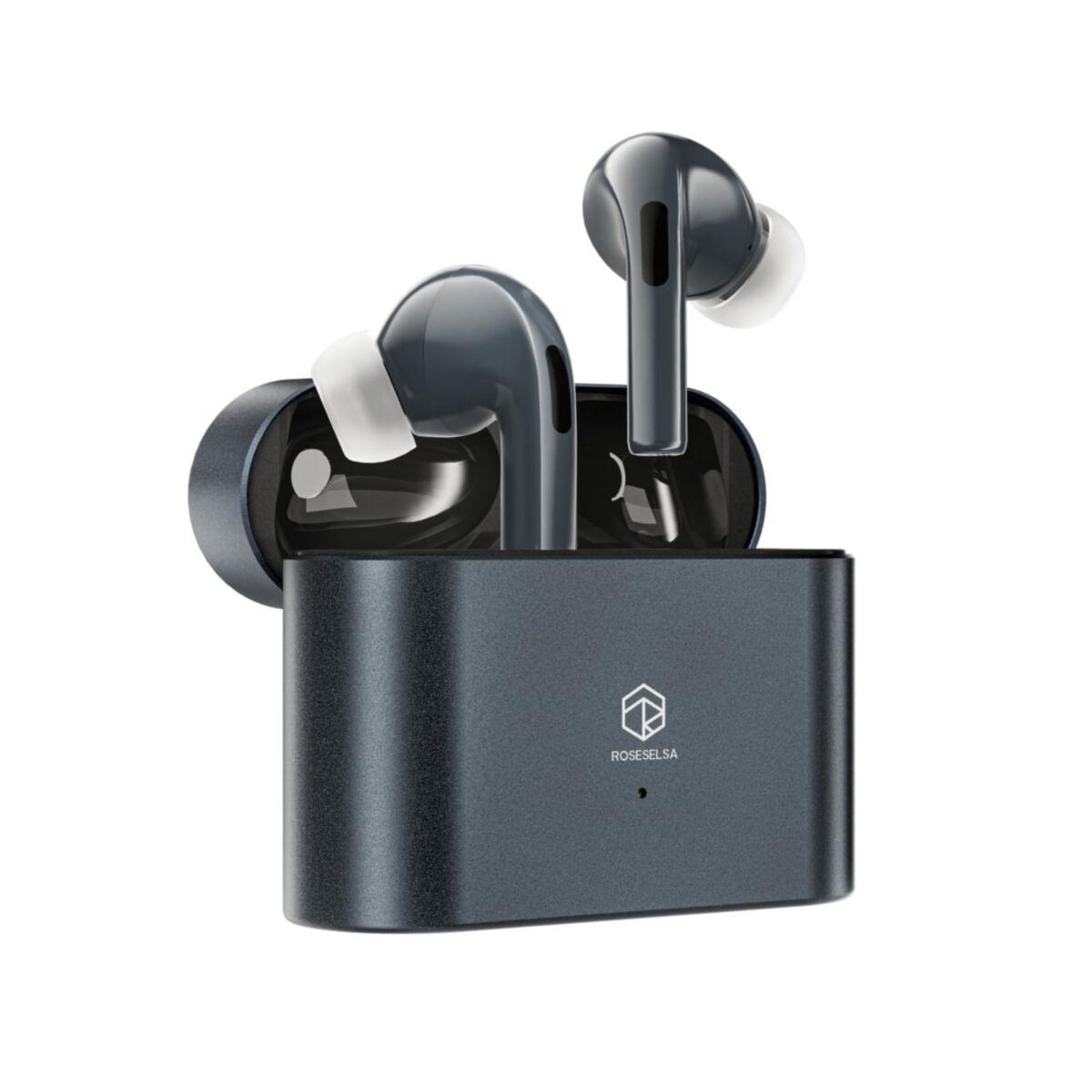SAMSUNG Galaxy Buds 3 AI True Wireless Bluetooth Earbuds Review
We independently review everything we recommend. When you buy through our links, we may earn a commission which is paid directly to our Australia-based writers, editors, and support staff. Thank you for your support!
SAMSUNG Galaxy Buds 3 AI True Wireless Bluetooth Earbuds (Import version), Sound Optimization, Real-Time Interpreter, Noise Cancelling, Redesigned Fit, Touch Control, Latin American Version (White)










